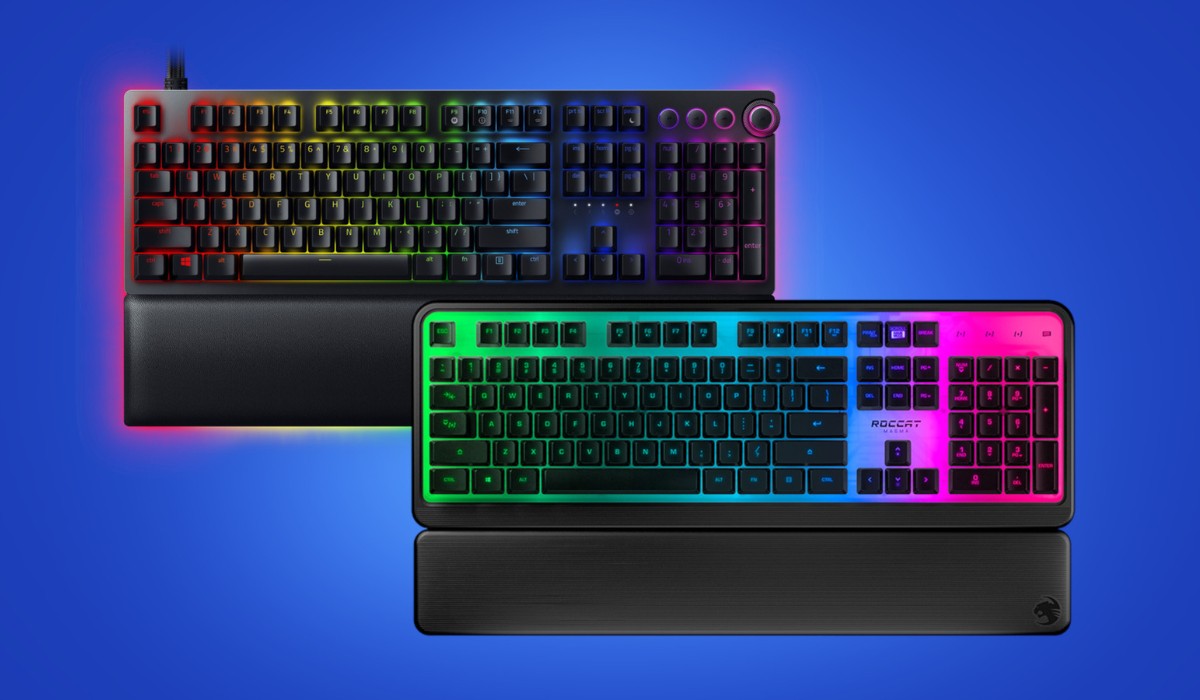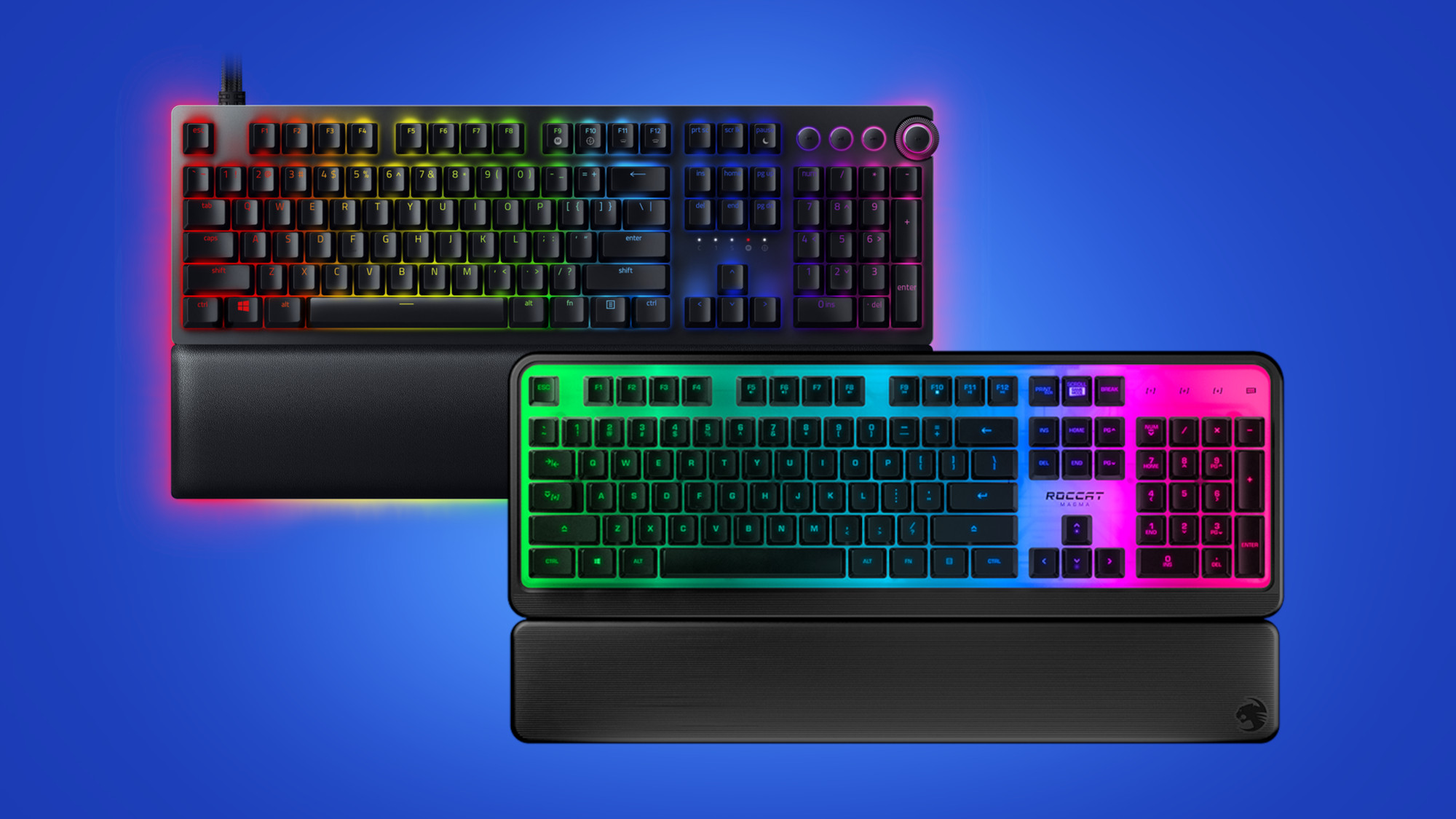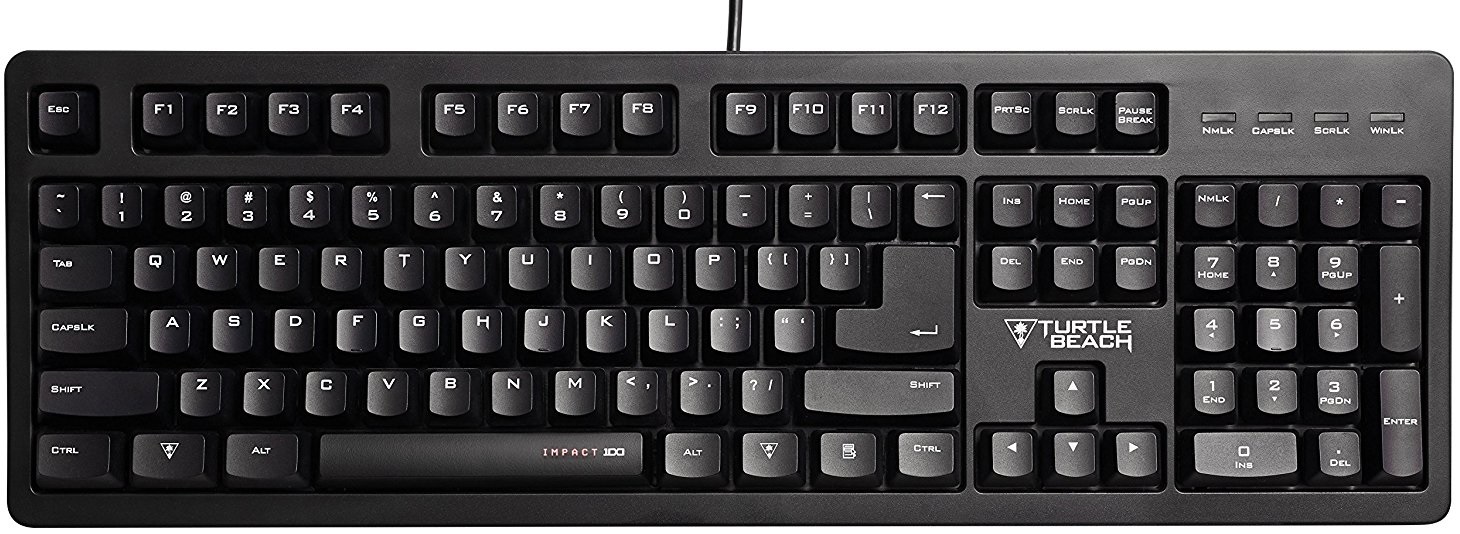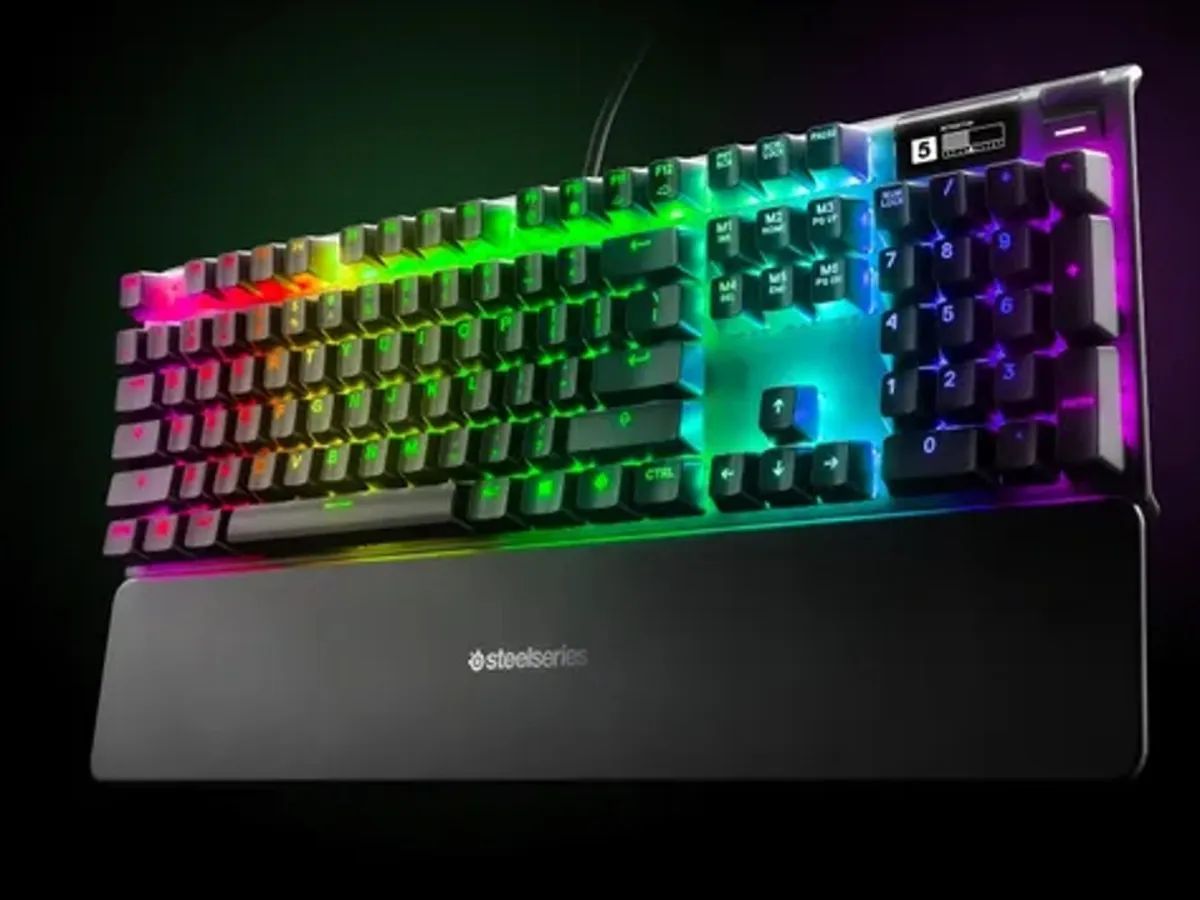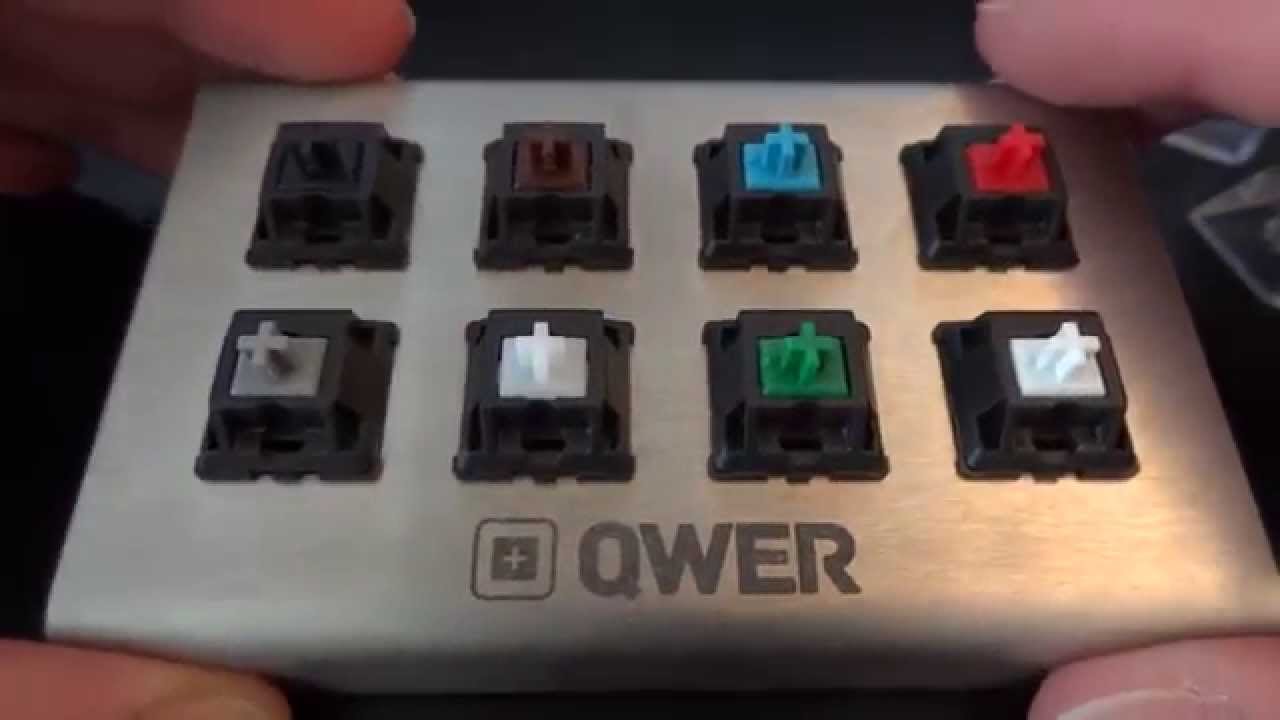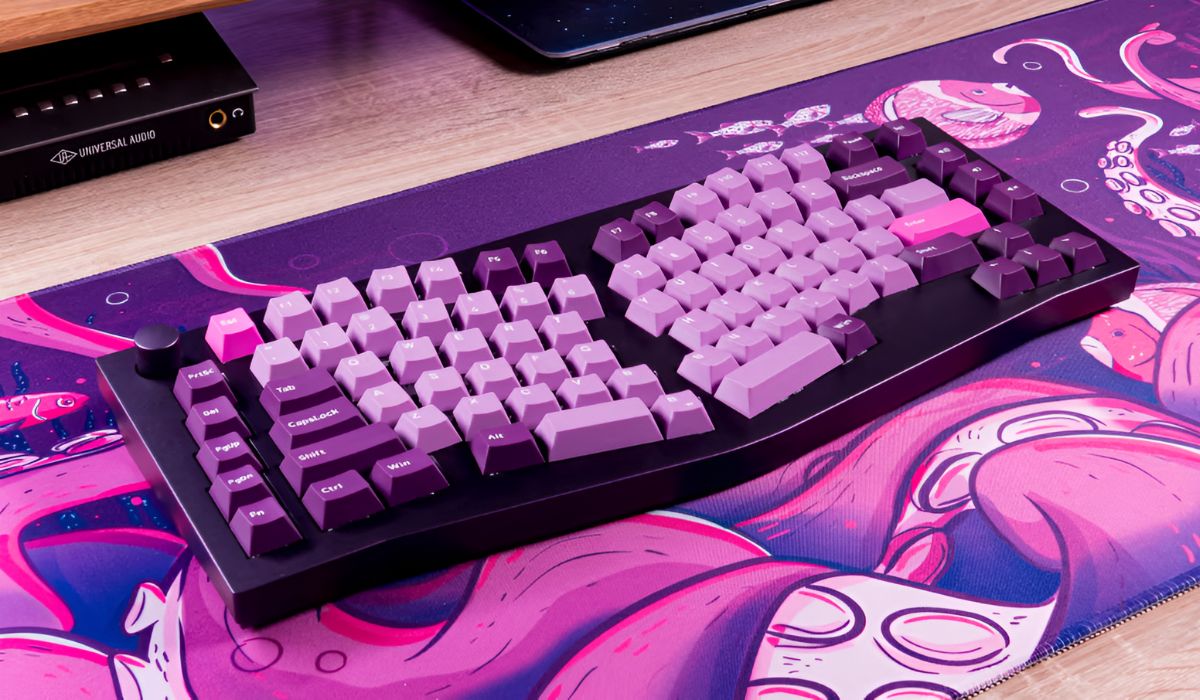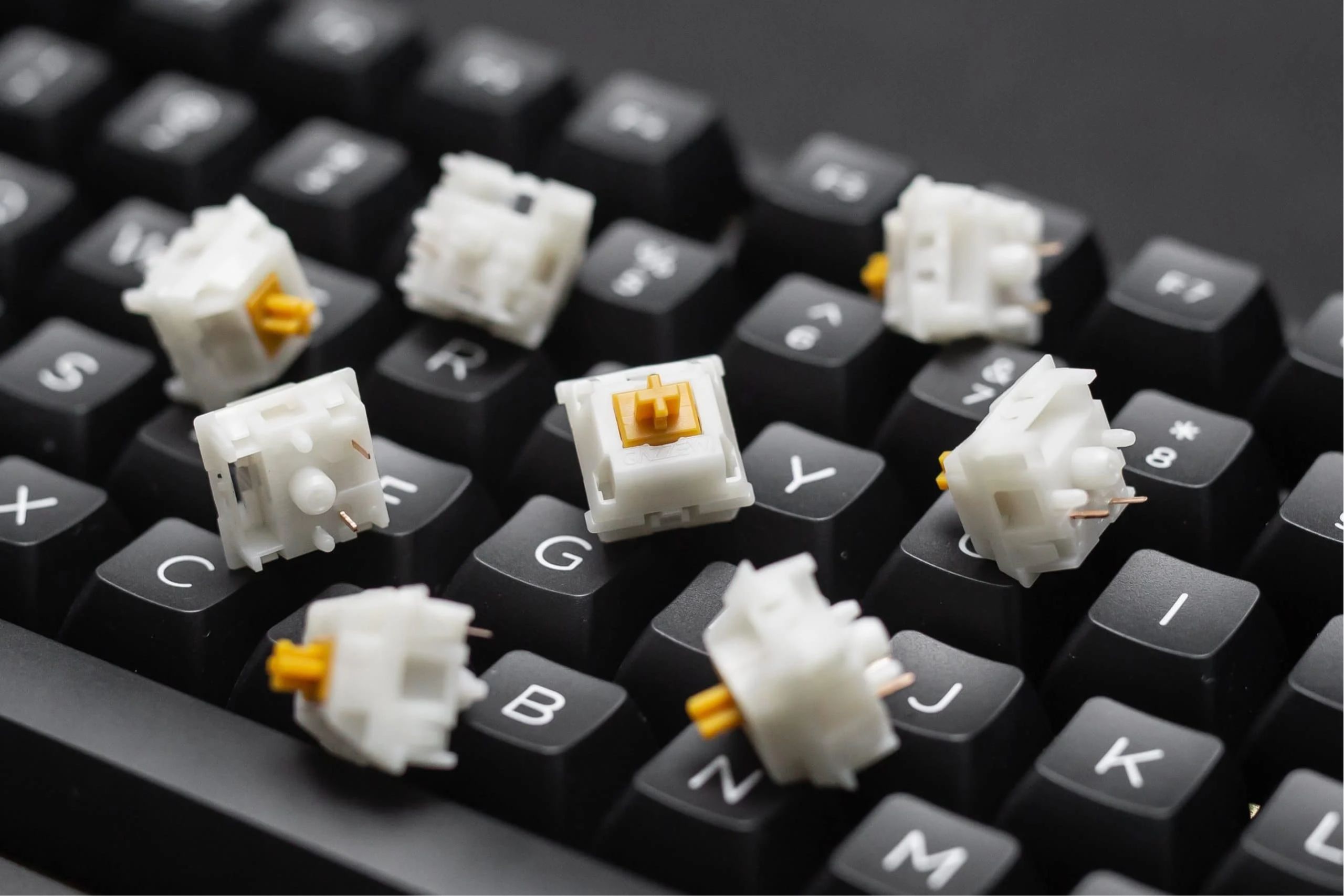Introduction
When it comes to choosing a keyboard, the decision between a mechanical keyboard and a membrane keyboard can be quite perplexing. After all, the keyboard is a primary tool for many individuals, especially in this digital age where typing has become an integral part of daily activities. Whether you are a writer, a gamer, a programmer, or simply someone who spends a significant amount of time in front of a computer, the type of keyboard you use can greatly impact your overall experience. In this article, we will delve into the key differences between mechanical and membrane keyboards, exploring their unique features and functionalities to help you make an informed decision that aligns with your specific needs and preferences.
The choice between a mechanical keyboard and a membrane keyboard goes beyond mere aesthetics or brand names. It involves understanding the underlying technology, the tactile feedback, the durability, and the overall typing experience. By examining these factors, you can gain a comprehensive understanding of the strengths and weaknesses of each type of keyboard, ultimately enabling you to select the one that best suits your individual requirements.
As we embark on this exploration, it's important to keep in mind that the "better" option is subjective and depends on various factors such as personal preference, usage patterns, and budget. What works best for one person may not necessarily be the ideal choice for another. Therefore, it's crucial to weigh the pros and cons of both mechanical and membrane keyboards in order to make an informed decision that aligns with your specific needs and enhances your overall typing experience. So, let's delve deeper into the world of keyboards and unravel the distinctive characteristics of mechanical and membrane keyboards.
What Is a Mechanical Keyboard?
A mechanical keyboard is a type of keyboard that uses individual mechanical switches for each key. These switches are composed of several moving parts, including a spring and a stem, which register key presses when they are actuated. The keycaps are mounted on top of these switches, and when a key is pressed, the switch is activated, sending a signal to the computer. This design differs from that of a membrane keyboard, which uses a pressure pad to register key presses.
One of the defining characteristics of mechanical keyboards is the tactile and auditory feedback they provide. When a key is pressed, the user can feel and hear the switch actuating, which offers a satisfying typing experience. Additionally, mechanical keyboards are known for their durability and longevity, as the switches are typically rated for tens of millions of keystrokes, ensuring a longer lifespan compared to membrane keyboards.
Another notable feature of mechanical keyboards is the variety of key switch options available. Different types of switches offer varying levels of actuation force, tactile feedback, and auditory response, allowing users to select a switch that aligns with their typing preferences. Common switch types include Cherry MX, Razer, and Gateron, each offering distinct characteristics that cater to different user needs.
Furthermore, mechanical keyboards often feature a robust and sturdy build, with many models incorporating metal or high-quality plastic materials. This construction contributes to the overall stability and reliability of the keyboard, making it a preferred choice for users who prioritize build quality and longevity.
In summary, a mechanical keyboard is characterized by its individual mechanical switches, tactile and auditory feedback, durability, customizable key switch options, and robust construction. These features collectively contribute to a unique typing experience that appeals to a wide range of users, from gamers and programmers to writers and professionals seeking a reliable and responsive keyboard.
What Is a Membrane Keyboard?
A membrane keyboard is a type of keyboard that utilizes a series of three membrane layers to register key presses. When a key is pressed, the top and bottom membrane layers make contact, completing a circuit and sending a signal to the computer to register the keystroke. This design differs from that of a mechanical keyboard, which employs individual mechanical switches for each key.
One of the defining characteristics of membrane keyboards is their slim and lightweight profile. The absence of individual mechanical switches allows membrane keyboards to be more compact and portable, making them a popular choice for users who prioritize mobility and convenience.
Membrane keyboards are also known for their quiet operation, as the membrane layers dampen the sound of key presses, resulting in a quieter typing experience compared to mechanical keyboards. This feature is particularly appealing to individuals who work in shared spaces or environments where noise levels must be minimized.
Furthermore, membrane keyboards are often more budget-friendly than their mechanical counterparts, making them an attractive option for users seeking a cost-effective keyboard solution without compromising basic functionality.
While membrane keyboards may not offer the same tactile feedback and durability as mechanical keyboards, they are still capable of providing a reliable typing experience for everyday use. The membrane layers are designed to withstand a significant number of keystrokes, ensuring longevity and consistent performance over time.
In summary, a membrane keyboard is characterized by its utilization of membrane layers to register key presses, slim and lightweight design, quiet operation, affordability, and reliable performance for everyday use. These features make membrane keyboards a practical choice for users who prioritize portability, affordability, and a quiet typing experience.
Typing Experience
The typing experience on a mechanical keyboard is often described as tactile, responsive, and satisfying. The individual mechanical switches offer distinct tactile feedback, allowing users to feel the actuation point of each key press. This tactile feedback is particularly beneficial for touch typists and individuals who prefer a more pronounced response while typing. Additionally, the audible click or clack produced by some mechanical switches adds an auditory dimension to the typing experience, which can be both enjoyable and reassuring for users.
On the other hand, the typing experience on a membrane keyboard is typically quieter and softer. The membrane layers absorb the impact of key presses, resulting in a more subdued tactile feedback. While some users may appreciate the quiet operation of membrane keyboards, others may find the lack of tactile feedback less engaging and responsive compared to mechanical keyboards.
Furthermore, the actuation force required to register a key press varies between mechanical and membrane keyboards. Mechanical keyboards often offer a range of key switch options with varying actuation forces, catering to users with specific preferences for key resistance. In contrast, membrane keyboards generally have a consistent actuation force across all keys, providing a uniform typing experience without the option for customization.
Ultimately, the typing experience is a subjective aspect that depends on individual preferences and usage scenarios. Some users may favor the tactile and auditory feedback of mechanical keyboards, finding it conducive to their typing speed and accuracy. Others may prioritize the quiet and soft keystrokes of membrane keyboards, especially in shared workspaces or environments where noise levels must be minimized. Considering these factors, the typing experience plays a pivotal role in determining the suitability of a keyboard for different users and their specific needs.
Key Switches
Key switches are a critical component that significantly influences the typing experience and overall performance of a keyboard. In mechanical keyboards, the key switches play a pivotal role in determining the tactile feedback, actuation force, and auditory response of each key. These switches are available in various types, each offering distinct characteristics tailored to different user preferences.
Common key switch options for mechanical keyboards include Cherry MX switches, which are renowned for their durability, tactile feedback, and audible click. Cherry MX switches are available in different variants, such as Cherry MX Red (linear, low resistance), Cherry MX Blue (tactile, audible click), and Cherry MX Brown (tactile, silent). Each variant caters to specific typing preferences, allowing users to select a switch that aligns with their desired typing experience.
Other key switch options, such as Razer switches and Gateron switches, offer additional choices for users seeking specific tactile feedback and actuation characteristics. Razer switches, for instance, are designed to provide a balance of tactile and silent keystrokes, catering to gamers and typists who prioritize responsiveness and precision.
In contrast, membrane keyboards do not feature individual key switches in the same manner as mechanical keyboards. The membrane layers in a membrane keyboard provide a consistent actuation force across all keys, resulting in a uniform typing experience without the option for customization. While membrane keyboards may not offer the same level of key switch variety as mechanical keyboards, they still provide a reliable and functional typing solution for everyday use.
When considering key switches, users must assess their typing preferences, such as the desired actuation force, tactile feedback, and auditory response. Mechanical keyboards offer a wide array of key switch options, allowing users to tailor their typing experience to suit their specific needs. In contrast, membrane keyboards provide a more standardized typing experience, with consistent actuation force and quieter operation across all keys.
Ultimately, the choice of key switches plays a crucial role in determining the overall typing experience and user satisfaction, making it an essential consideration when selecting a keyboard that aligns with individual preferences and usage requirements.
Durability
When it comes to durability, mechanical keyboards are often recognized for their robust construction and long-lasting performance. The individual mechanical switches used in these keyboards are designed to withstand tens of millions of keystrokes, ensuring a prolonged lifespan that far exceeds that of membrane keyboards. This durability is particularly beneficial for users who engage in extensive typing or gaming activities, as the switches are engineered to endure repetitive use without compromising performance.
Furthermore, the keycaps of mechanical keyboards are typically made from high-quality materials such as ABS or PBT plastic, contributing to their overall durability and resistance to wear and tear. The sturdy build of mechanical keyboards, often featuring metal or high-grade plastic frames, enhances their resilience and longevity, making them a reliable choice for users seeking a durable and long-term keyboard solution.
In contrast, membrane keyboards, while capable of providing reliable performance, may not offer the same level of durability as their mechanical counterparts. The membrane layers used to register key presses are generally less resistant to prolonged use, and the overall construction of membrane keyboards may be more prone to wear and degradation over time. This is not to say that membrane keyboards lack durability altogether, but rather that they may not offer the same extensive lifespan and resilience as mechanical keyboards.
Considering the durability of a keyboard is essential for users who prioritize long-term reliability and performance. Mechanical keyboards, with their robust switches, high-quality keycaps, and sturdy construction, are well-suited for users seeking a durable and enduring typing solution. On the other hand, while membrane keyboards may provide satisfactory durability for everyday use, they may not offer the same level of longevity and resilience as mechanical keyboards, especially in scenarios involving heavy and prolonged typing or gaming activities.
In summary, the durability of a keyboard, encompassing the lifespan of its switches, keycaps, and overall construction, is a crucial factor to consider when selecting a keyboard that aligns with individual usage patterns and the need for long-term reliability.
Customization Options
One of the distinguishing features of mechanical keyboards is the extensive customization options they offer. From keycap replacements and switch modifications to full keyboard customization, mechanical keyboards provide users with a high degree of flexibility to personalize their typing experience. Keycap sets in various colors, materials, and profiles are readily available, allowing users to customize the look and feel of their keyboard to suit their preferences and aesthetic sensibilities.
Moreover, the key switches in mechanical keyboards can often be easily replaced, enabling users to fine-tune the typing experience by selecting switches with different tactile feedback, actuation force, and auditory response. This level of customization is particularly appealing to users who seek a tailored typing experience that aligns with their specific preferences and usage scenarios.
Additionally, the modularity of mechanical keyboards allows for extensive modifications and enhancements. Users can customize the layout, add programmable macro keys, and even build their own custom mechanical keyboard from individual components. This level of customization empowers users to create a keyboard that meets their exact requirements, whether for gaming, programming, or general productivity.
On the other hand, membrane keyboards typically offer limited customization options compared to their mechanical counterparts. The integrated design of membrane keyboards, with the membrane layers directly integrated into the keyboard assembly, restricts the extent to which users can customize keycaps, switches, or overall layout. While some membrane keyboards may offer basic customization features such as adjustable backlighting or multimedia keys, the level of customization is generally more constrained compared to mechanical keyboards.
Ultimately, the customization options available in mechanical keyboards provide users with a high degree of control over their typing experience, allowing them to tailor the keyboard to their specific preferences and usage requirements. This level of customization is a key factor that appeals to enthusiasts, professionals, and gamers seeking a personalized and optimized typing solution. While membrane keyboards may offer satisfactory functionality for everyday use, their customization options are typically more limited, making them a less ideal choice for users who prioritize personalized keyboard configurations.
Noise Level
One of the notable distinctions between mechanical and membrane keyboards is the noise level produced during typing. Mechanical keyboards are often associated with a distinct auditory feedback, attributed to the individual mechanical switches actuating with each key press. The sound produced by mechanical keyboards varies depending on the type of key switch, with some switches offering a pronounced click or clack, while others provide a quieter, more subtle auditory response.
While the auditory feedback of mechanical keyboards can be satisfying for some users, it may be a consideration for those who work in shared environments or prefer a quieter typing experience. The noise level of mechanical keyboards, particularly those equipped with switches designed to produce audible feedback, may be a concern in settings where noise must be minimized, such as open offices or quiet workspaces.
In contrast, membrane keyboards are generally quieter during operation due to the design of the membrane layers that absorb the impact of key presses. The absence of individual mechanical switches and the dampening effect of the membrane layers contribute to a softer and more subdued typing experience compared to mechanical keyboards. This feature makes membrane keyboards a preferred choice for users who prioritize a quieter working environment or require a keyboard with minimal auditory feedback.
It’s important to note that while mechanical keyboards are often associated with a louder typing sound, there are mechanical switches designed to minimize the noise level, providing a more discreet typing experience. Switch variants such as Cherry MX Silent and other proprietary silent switches offer a compromise between the tactile feel of mechanical keyboards and reduced noise output, catering to users who appreciate the benefits of mechanical switches without the accompanying noise level.
When considering the noise level of a keyboard, users must take into account their specific working environment, personal preferences, and the impact of keyboard noise on themselves and those around them. While the auditory feedback of mechanical keyboards may be appealing to some users, others may find the quieter operation of membrane keyboards more conducive to their working conditions and overall comfort.
In summary, the noise level of a keyboard is a significant factor to consider, with mechanical keyboards often producing more audible feedback compared to membrane keyboards. The noise level of a keyboard plays a role in determining its suitability for different usage scenarios and user preferences, highlighting the importance of selecting a keyboard that aligns with individual acoustic requirements and working environments.
Price
When it comes to price, the disparity between mechanical and membrane keyboards is a notable consideration for many prospective buyers. Mechanical keyboards are often positioned at a higher price point compared to membrane keyboards, reflecting the specialized construction, individual switches, and customizable features that contribute to their overall value. The premium pricing of mechanical keyboards is justified by their robust build quality, durability, tactile feedback, and extensive customization options, making them an attractive choice for users who prioritize these features and are willing to invest in a high-quality keyboard.
On the other hand, membrane keyboards are generally more budget-friendly, offering a cost-effective typing solution for users seeking basic functionality without the added expense of premium features. The integrated membrane layers and simplified construction of membrane keyboards contribute to their affordability, making them an accessible option for individuals with budget constraints or those who require a practical and economical keyboard for everyday use.
While the price disparity between mechanical and membrane keyboards is evident, it’s important to note that the cost of a keyboard should be evaluated in relation to its intended usage, longevity, and the user’s specific requirements. For users who engage in extensive typing, gaming, or professional work that demands a high degree of customization and durability, the investment in a mechanical keyboard may be justified by the enhanced typing experience and long-term performance it offers.
Conversely, for users who prioritize affordability and basic functionality for general computing tasks, a membrane keyboard may fulfill their needs without the added expense of premium features. The lower price point of membrane keyboards makes them a practical choice for users seeking a functional and economical keyboard solution that aligns with their budgetary considerations.
Ultimately, the price of a keyboard should be evaluated alongside its features, build quality, and the user’s specific usage requirements. While mechanical keyboards may command a higher price, their advanced features and customizable options may justify the investment for users who value these attributes. On the other hand, the affordability of membrane keyboards makes them an accessible choice for users seeking a cost-effective and practical keyboard solution for everyday use.
Conclusion
Choosing between a mechanical keyboard and a membrane keyboard involves weighing several key factors to determine which option best aligns with individual preferences, usage patterns, and specific requirements. The distinctive characteristics of each keyboard type, including typing experience, key switches, durability, customization options, noise level, and price, play a pivotal role in shaping the overall suitability of the keyboard for different users.
Mechanical keyboards are renowned for their tactile and auditory feedback, durability, extensive key switch options, and high degree of customization. These features make mechanical keyboards an appealing choice for users who prioritize a responsive and personalized typing experience, robust build quality, and the flexibility to tailor the keyboard to their specific preferences.
On the other hand, membrane keyboards offer a quieter and more budget-friendly typing solution, making them a practical choice for users seeking basic functionality, affordability, and a softer typing experience. While membrane keyboards may not provide the same level of customization and durability as mechanical keyboards, they fulfill the needs of users who prioritize a cost-effective and straightforward keyboard solution for everyday use.
Ultimately, the selection of a keyboard type hinges on a user’s unique requirements, working environment, and personal preferences. Whether it’s the tactile feedback of mechanical switches, the quiet operation of membrane keyboards, the durability of the keyboard, or the price point that influences the decision, the key is to align the chosen keyboard with the user’s specific needs to enhance their overall typing experience.
By understanding the distinct characteristics of mechanical and membrane keyboards, users can make an informed decision that empowers them to select a keyboard that complements their individual usage scenarios, enhances their productivity, and provides a comfortable and enjoyable typing experience.







